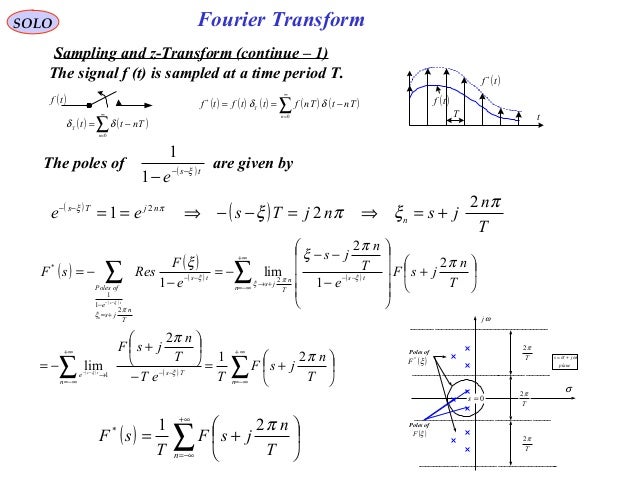

delay) in the time domain is interpreted as complex phase shifts in the frequency domain. The bottom row shows a delayed unit pulse as a function of time ( g( t)) and its Fourier transform as a function of frequency ( ĝ( ω)). The top row shows a unit pulse as a function of time ( f( t)) and its Fourier transform as a function of frequency ( f̂( ω)).

The Fourier transform is analogous to decomposing the sound of a musical chord into terms of the intensity of its constituent pitches. When a distinction needs to be made the Fourier transform is sometimes called the frequency domain representation of the original function. The term Fourier transform refers to both this complex-valued function and the mathematical operation. The output of the transform is a complex-valued function of frequency. In physics and mathematics, the Fourier transform ( FT) is a transform that converts a function into a form that describes the frequencies present in the original function. A pitch detection algorithm could use the relative intensity of these peaks to infer which notes the pianist pressed. The remaining smaller peaks are higher-frequency overtones of the fundamental pitches. The first three peaks on the left correspond to the frequencies of the fundamental frequency of the chord (C, E, G). This image is the result of applying a constant-Q transform (a Fourier-related transform) to the waveform of a C major piano chord. An example application of the Fourier transform is determining the constituent pitches in a musical waveform.


 0 kommentar(er)
0 kommentar(er)
